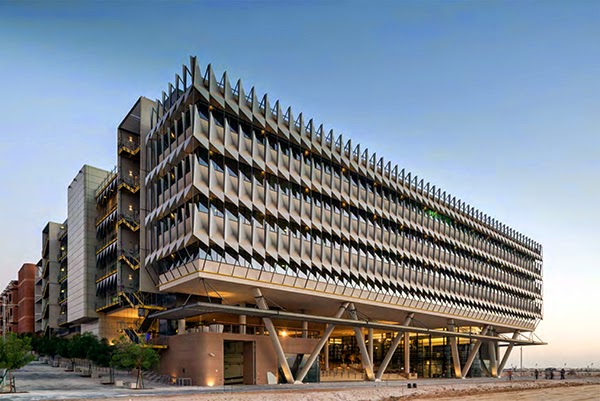Project Description:
Liberty Place is not a singular tower
form but a rich interplay of three slender architectural forms inspired
by the unique qualities of this wonderful Sydney city site. The
development unites public, corporate and hospitality architecture into a
cohesive environment. It is an amalgamation of five sites comprising
of a Premium Grade forty-four storey commercial tower, a penthouse
apartment, a heritage-listed building (Legion House) and a three storey
office and retail building (167 Castlereagh street). Liberty Place
occupies a prominent site in Sydney’s Central Business Districts,
with dual frontages to 161 Castlereagh street and 242 Pitt street.
Collectively, it is an articulate assemblage of elements (ground plane,
street walls, tower elements and landscape). The architectural forms
create a dynamic public space and reinvigorates a previously run down
mid-city area.
ANZ tower with its distinctive sinuous form and striking glass-walled
facade has seamlessly redefined the city skyline. The skyline of Sydney
is an integral part of the city’s identity. The tower has become an
iconic reference point, with a rooftop feature thats dramatically
captures and breaks the light. This layered silvery tower gently turning
towards the Harbour and terminating in an arch of louvres, makes a
dramatic contribution to this great city skyline.
The commercial tower provides 57,000sqm of Premium Grade NLA with
efficient floor plates with access to outstanding views for occupants.
ANZ Tower has achieved a 6 Star Green Star Design (Design V2) from the
Green Building Council of Australia. Significant energy savings are
achieved through the use of efficient light fittings, low temperature
VAV air conditioning with perimeter active chilled beam technology. The
building also features two gas fired cogeneration units to minimise its
carbon footprint.
The base of the tower invites the energy of the city into the
development, consisting of a retail and dining precinct, public open
spaces, a sunlit plaza and pedestrian lane way connecting Castlereagh
Street and Pitt Street. The light-filled pedestrian lane way provides a
unique ground plane and entry into the commercial tower.
The Castlereagh street frontage features the heritage-listed building
Legion House, originally constructed in 1902 by the YWCA and operated as
a women’s hostel and outreach service for 60 years. Legion House is
heritage listed and protected due to its social significance.
Consideration of the site’s rich history led to the authentic
juxtaposition of new and heritage elements.
Restoring and redeveloping Legion House enhanced its overall utility and
environmental performance. With a 6-Star Green Star- Office v3 Design
rating, the six-storey ‘Autonomous Zero Carbon Life Cycle Building’
generates renewable electricity on site resulting in zero net carbon
emissions. Receiving little sun or wind, Legion House receives its
energy from a process called biomass gasification. This technology
converts biomass (plant sourced) materials to a combustible gas that
generates electricity. Whilst traditional gasification plants utilise
standard wood chips or briquettes (made from compressed waste sawdust),
Legion House can use the commercial paper waste generated from the
adjacent office tower through shredding and compressing this waste to
form paper briquettes (which can be used in the gasification plant).
Essentially, this means Legion House creates its own renewable
electricity on site resulting in zero net carbon emissions and is
disconnected from the electricity grid with any surplus power created by
its independent system (to be supplied to the storey commercial office
tower on the site).
Legion House incorporates three retail tenancies to the ground floor,
and has been extended with two new office floors and a western extension
providing additional office space. The lift and stair case have been
located external to the building in an elegantly detailed, curved glass
enclosure to minimise the heritage impact while creating visual interest
and a new laneway entry.
In addition to energy efficiency, Legion House has been designed to be
water balanced. This means that in a year of typical Sydney rainfall,
all the amenity and operational water needs of the building will be met
through rain captured on the roof. This is achieved through the use of
advanced water conservation technology, high efficiency fixtures, vacuum
toilets and the use of high quality rainwater recycling.
Collectively, Liberty Place is not only celebrates the public domain,
but embodies significant architectural and environmental innovation. The
development successfully balances urbanism, heritage and sustainability
considerations with commercial requirements to create a rich and
considered architectural expression.































